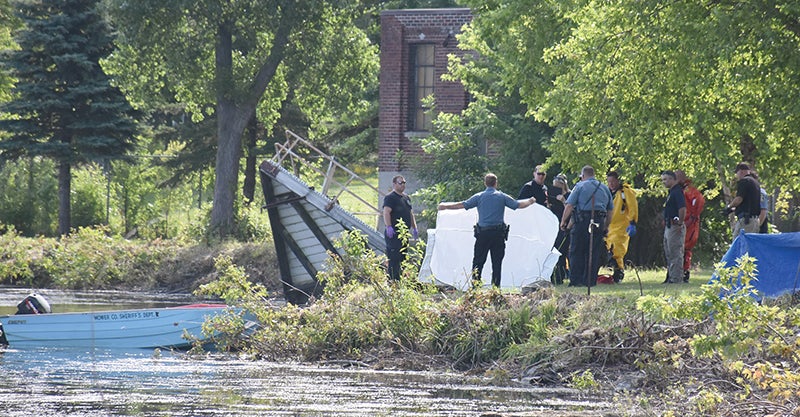Different communities, different fire departments
Published 12:00 am Saturday, August 26, 2000
The fire departments in the surrounding communities and across the state are as different as the communities they represent.
Saturday, August 26, 2000
The fire departments in the surrounding communities and across the state are as different as the communities they represent. Some, definitely the minority, are still entirely made up of career firefighters. Most of those are metropolitan departments: Rochester, St. Paul, Duluth and Minneapolis. Others, like Austin, are combination departments, made up of both full-time career firefighters and paid on-call part-time firefighters. By far the majority, however, are the volunteer departments, where the career firefighter has become a thing of the past if he (or she) ever, in fact, existed.
Albert Lea, Austin, Owatonna and Faribault all employ the combination department, but that’s about as far as the similarity goes.
In Austin currently, the department boasts 10 full-time firefighters including the fire chief and a fire inspector, down from 11 earlier this year. While the chief and the inspector work mostly day shifts, the other full-time firefighters work 24-hour shifts with a two-person minimum maintained most of the time, although not always. Austin also employs a part-time administrative assistant.
In addition to the full-time staff, there are 29 part-time firefighters currently on the staff list. The city authorizes up to 34 part-time staff, who are only paid when they are in training or when they are called out to a fire. The budget for the Austin fire department last year – with 11 full-time – was $1,038,369.
In Albert Lea, another city that went from a career force to a combination force in the early 1990s, the number of full-time firefighters is 15. The number of part-time paid on-call firefighters hovers between 15 and 18. Assistant Fire Chief Paul Stieler said having 15 full-time, plus himself and the fire chief, allows the department to maintain a minimum of four people per shift. That way a truck can leave the department immediately with the OSHA-recommended number of firefighters on board.
The 2000 budget for Albert Lea’s fire department was $1,248,997.
In Owatonna the department has always been a combination of full and part-time firefighters. There are seven full-time firefighters on the Owatonna staff, plus the fire chief and a full-time administrative assistant. They have 20 part-time paid on-call firefighters and a budget of $800,000 in 2000.
Of the three neighboring cities, Faribault’s combination department most closely resembles what Austin has now. Faribault employs nine full-time firefighters, a fire chief and a full-time administrative assistant. There are 30 part-time paid on-call firefighters in Faribault.
Like Austin, the Faribault career firefighters work 24-hour shifts for which they try to maintain a two-person minimum. However, in Faribault, the fire department also assists the ambulance service and all of the full-time firefighters are also trained as emergency medical technicians. In Austin the fire department will assist in cases where extrication is needed or when there’s a car fire, but they don’t assist on every call.
If a structural fire call comes in, Faribault firefighter Jon Bolster said the full-time firefighters will leave the station with two on a truck, so they can go ahead to the scene and hook everything up in preparation for the arrival of the others who were paged. In cases where a rescue might be involved, he said it is up to the firefighters whether or not to enter the house before the recommended four-person minimum is at the scene.





